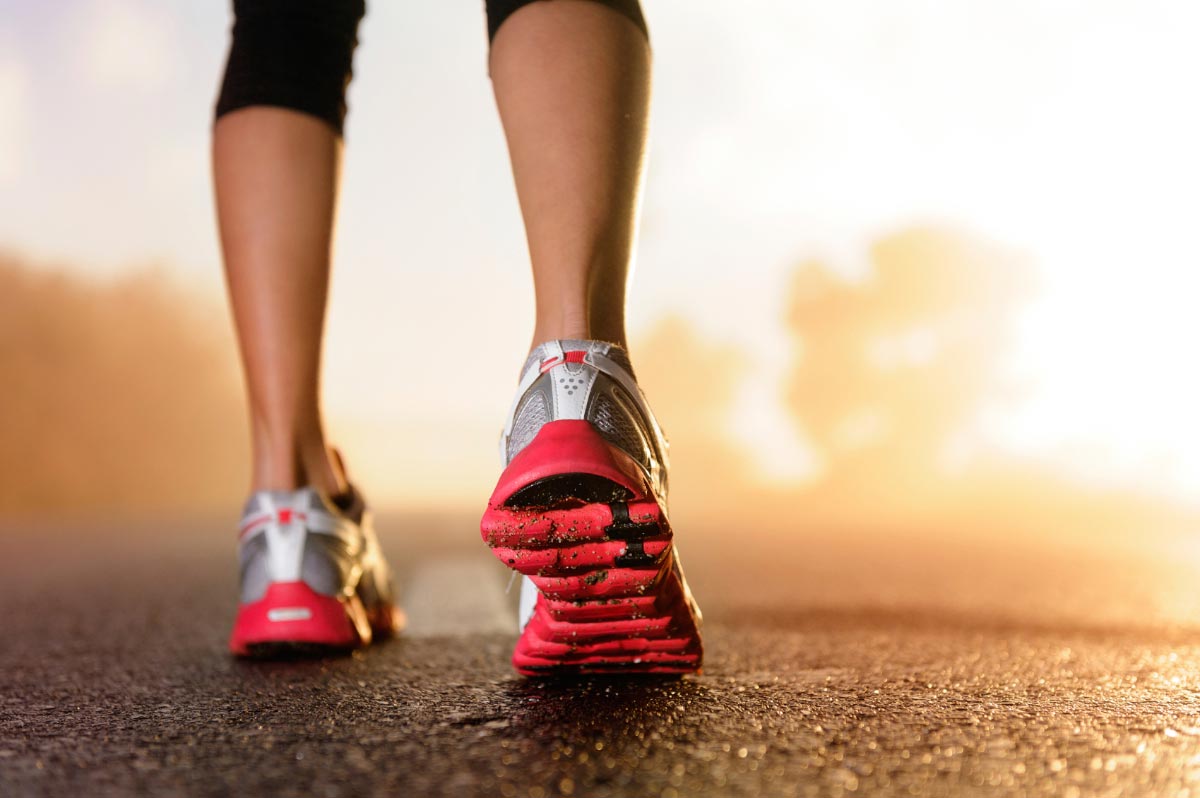Walking is crucial to lower back health
12/13/2018 / By Edsel Cook

The lower back never really stops working to support the upper body. But we rarely pay attention to it, much less do things that are actively beneficial to it. An article on Spine-health suggests showering more love for your extremely busy lower back by walking more often.
Walking is the least we can do for our lower back. After all, we spend an inordinate amount of our time straining the bones and muscles that comprise it.
Most people stay seated for very long periods. Be it at a desk during work hours or in front of the television or computer at home; they end up putting their lower backs through a lot of stress.
Their diets do not do them any favors, either. Many of the foods they consume are not nutritious or do not contribute to the slow recuperation of the abused muscles.
There is no magic solution for the accumulated damage caused by these unhealthy practices. However, walking can reduce further strain on the lower back, which leads to good results for the entire body. (Related: Yoga reduces pain in people with chronic non-specific lower back pain.)
Walking as often as possible helps keep your body running
Chronic lower back pain will seriously hamper your every movement. You will not be able to bend over to adjust your pants, reach down to the floor to pick up something you dropped, or drive a car without feeling like your back is about to break.
Exercise walking can prevent much of this loss of function from taking place. It and other forms of aerobic exercise can improve the movements of people whose lower backs experience severe pain whenever they move too fast or bend too much.
If you walk long enough and often enough, you will receive health benefits down the line that are well worth the investment. You will be able to continue enjoying your favorite hobbies and activities, avoid the possibility of being forced to use a cane or ending up in a wheelchair, and avoid getting cashiered from work by employers who don’t fancy keeping a “disabled” employee on the payroll.
At a minimum, aim for half-hour-long walks at least thrice a week. For best results, walk 40 minutes every day.
Walk off back pain thanks to exercise-induced endorphin boost
These long walks will not just maintain the functionality of your body as you grow older. They will also help alleviate the pain in your back and other parts of your body.
Exercise walking can increase the amount of endorphins released by the body. Endorphins are natural hormones that inhibit pain using the same method as opioid medications like morphine4.
Endorphins target the same pain-inhibiting receptors in the brain that opioids bind themselves to. They make for a great natural substitute for opioid-based medications, especially since the latter is a synthetic copy of the former.
A bonus is that endorphins can raise your spirits. They are a much better alternative than taking drugs that alter your moods.
Other alternative exercises for your lower back
You might suffer from extreme cases of chronic lower back pain that prevent you. In those cases, you should start slow by walking for just five minutes at a time. As you get used to it, you could increase the length of each walk.
Another way is to find a shallow swimming pool and walk in there. The water will help support your weight and reduce the pain.
Last but not least, try any aerobic exercise with minimal impact. Biking and elliptical machines are less stressful on your lower back.
MensFitnessFocus.com can tell you about more ways to strengthen your lower back muscles.
Sources include:
Tagged Under: exercise, fitness, lower back, lower back pain, no-drug pain relief, pain relief, physical exercise, slender, walking



















